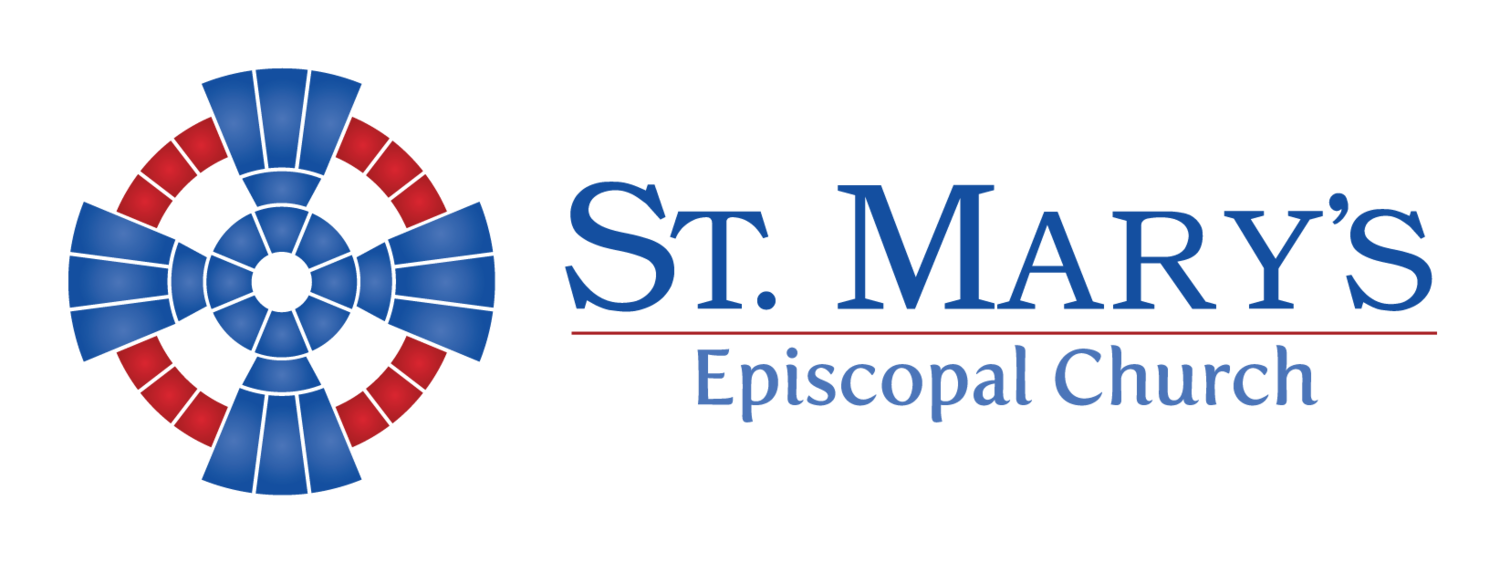This article was originally published in our Easter edition of The Bellringer.
On the Sunday before Lent, we heard the story of the Transfiguration, when Christ went up the mountain with Peter, James, and John. There, his countenance was changed before them, and he spoke with Moses and Elijah. When he came down off the mountain, he turned his face toward Jerusalem. Throughout Lent, we have been making that journey with him. Now, as we near its end, we enter the most challenging stretch Holy Week. And we looked expectantly to the journeys end in Easter.
The movement from Palm Sunday to Good Friday to Easter Sunday can feel like spiritual whiplash. We begin with the jubilant crowds, waving palms and shouting hosannas. Then, in a matter of days, the cheers turn to jeers as Jesus carries his cross to his death. And then, on the third day, despair gives way to the overwhelming relief and joy of resurrection.
In the midst of this journey, Jesus takes bread, blesses it, breaks it, and gives it to his disciples, saying, “This is my Body.” He nourishes them for the road ahead. And he continues to nourish us, sustaining us through the ups and downs of faith and life—through tears and laughter, sorrow and rejoicing, fasting and feasting, suffering and renewal, death and life.
Unlike regular bread, this spiritual bread does more than nourish us. It also transforms us, you could even say it transfigures us. When we eat normal food, we assimilate the nutrients into our bodies; in the sacramental food of Holy Communion, we are the ones assimilated into Christ’s Body. In receiving Christ’s body, we become ever more a part of the Body of Christ. Which means, I am sorry to say, that the journey is not over at Easter. Easter is the end of the beginning, and the next leg continues as we act as Christ’s loving hands in this world. Join us on this journey to Jerusalem with Christ through Holy Week and into Easter, and then join the Body of Christ as we embody Christ’s love, mercy, and grace in this world.







